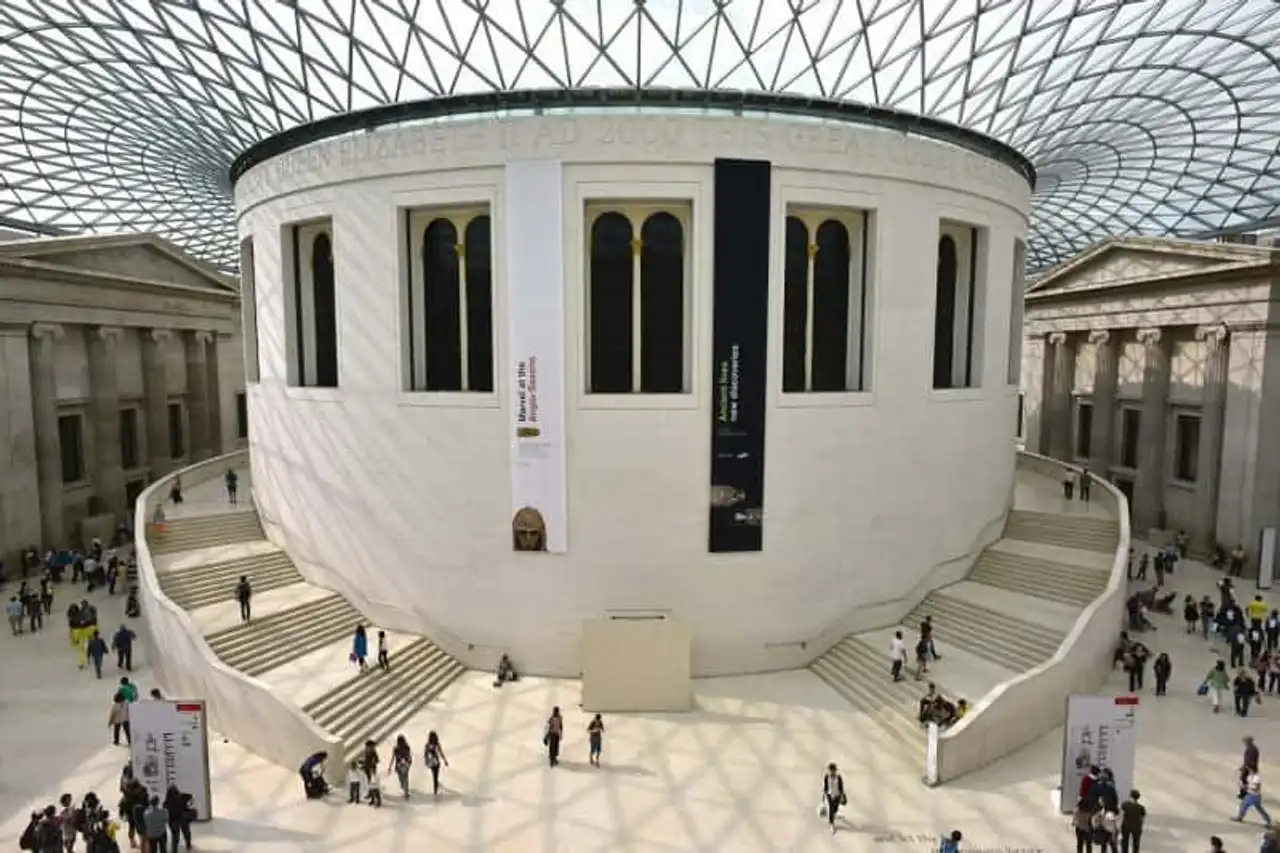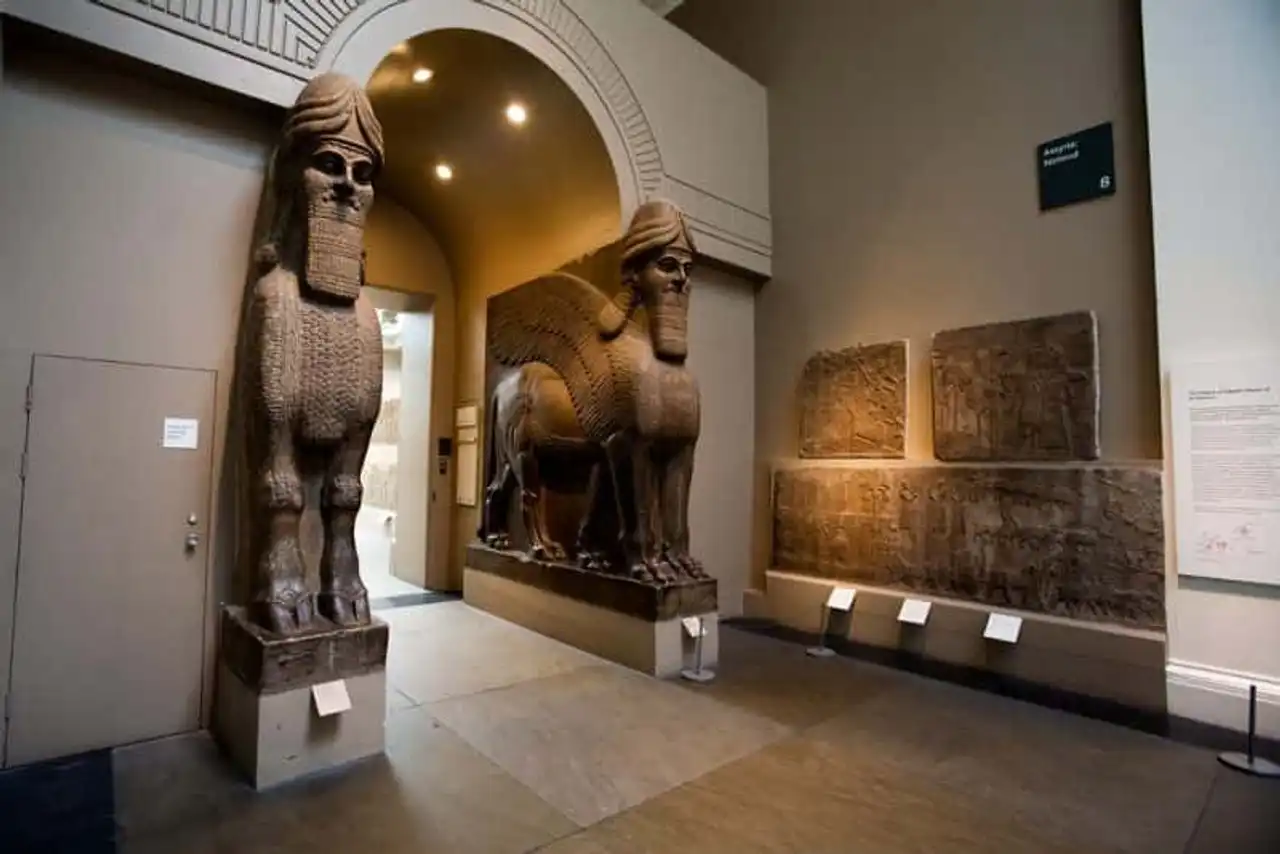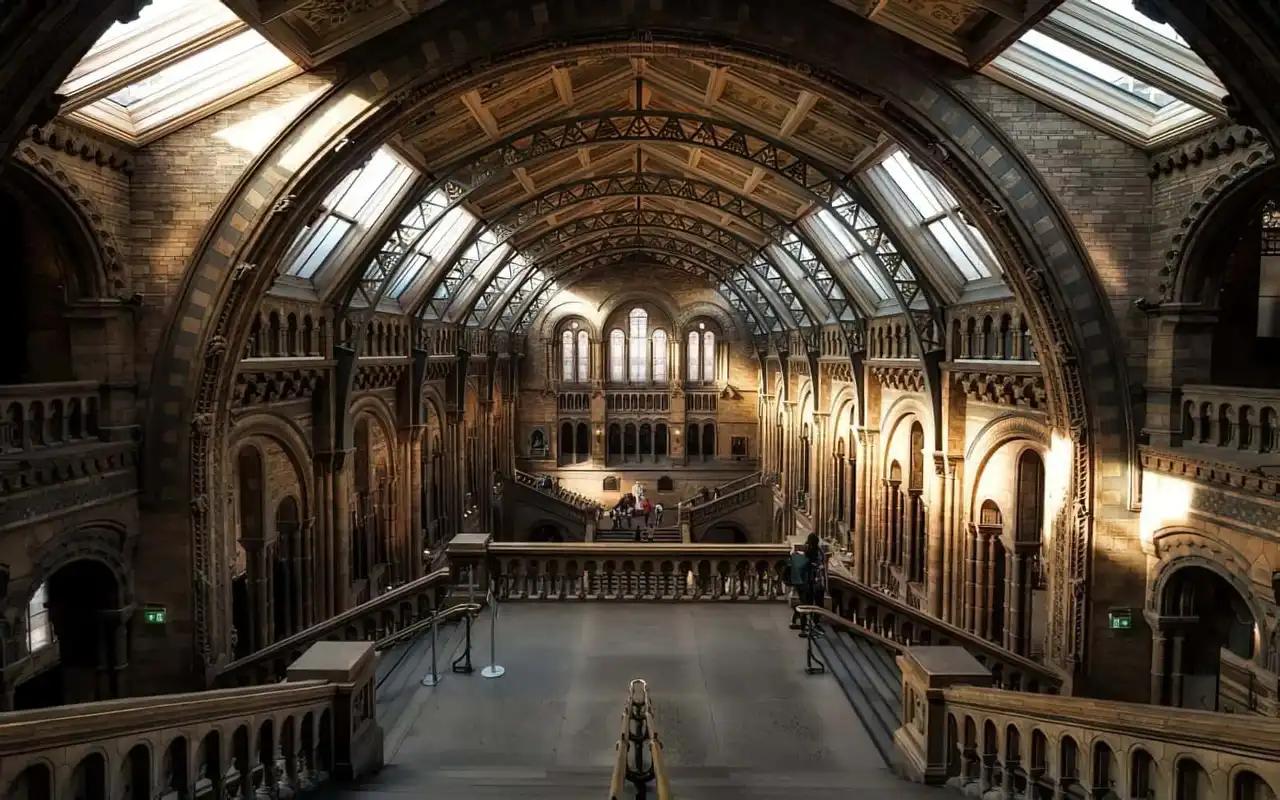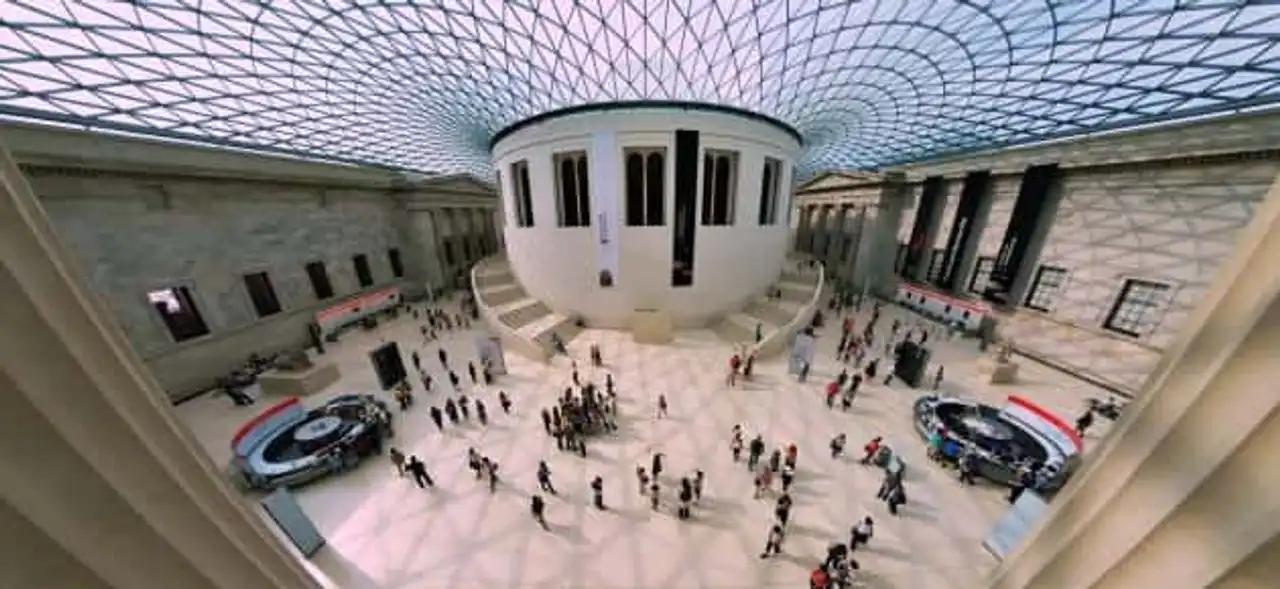Starting in the footsteps of history and human culture, the British Museum is one of the richest museums in the world. Under no circumstances leave the English soil without visiting the British Museum and its wonders.
Near Oxford Street’s beating artery, in the heart of Bloomsbury, is one of the most famous museums: the British Museum. As an illustrious witness to the history of humanity, this London museum houses collections among the most important in the world: more than seven million objects from all continents. Every year, the British Museum hosts more than six million visitors, making it the most popular tourist site in Great Britain. It is hard to bet that you do not escape the rule during your stay in London.
To visit the British Museum, follow our historic and organizational mini-guide.
Also: Top 14 things to do in London
History of the British Museum

The British Museum was born in 1753 by a decision of the British parliament. It was originally created to accommodate the collections of Sir Hans Sloane and the Oxford account. When he opened his doors to the general public in 1759, the British Museum had eighty thousand objects.
This heritage is enriched with a fulgurating look thanks to the collections of illustrious men such as Captain Cook, archaeologist William Hamilton and the ambassador of Constantinople. During Napoleon's defeat in Egypt, the British Museum recovered many Egyptian treasures. The museum also acquires numerous royal pieces from Great Britain such as books, manuscripts or coins.
Visiting the British Museum is indeed the promise of a return to the past, in the footsteps of the great moments of glory of the British Empire. Unfortunately, in the first decades, many objects of invaluable value landed at the British Museum following looting in the British colonies. Rest assured, however, the greatest number of antique artifacts and objects are the work of ethical gifts and acquisitions.
In 188O, for lack of space, all the collections of the natural history branch were transferred to the Natural History Museum, a museum dedicated to natural history.
In 2000, the famous architect Norman Foster worked to expand and renovate the entrance of the British Museum: the Great Court. As soon as you start visiting the British Museum, you are dazzled by this incredible central rotunda, made of glass and steel.
Among the most emblematic and landmark temporary collections in the history of the British Museum: that of the terracotta army of the first Chinese emperor (2007) and that dedicated to pharaoh Toutânkhamon (1972). These two exhibitions sprayed all the museum's sales and attendance records.
What to see and do at the British Museum in London?

Photo credit: Flickr – Patrick Lauke
Want to visit the British Museum but you wonder what you're going to see and do? We tell you everything – or almost – of the wonders that await you.
The British Museum is huge, you will not be able to discover everything in a handful of hours only. Especially if your goal is really to learn things about the civilizations presented. We advise you to pre-selection them collections that interest you the most in order to appreciate all the wealth. On the British Museum website, for example, you can download the map of the museum. The use of an audio-guide can also be useful. If you decide to visit the British Museum, here are the collections that you can meet:
The collections of Great Britain, Europe and Prehistory
From prehistory to contemporary times, this collection is an incredible encyclopedia on the European continent. Foulez les traces de nos ancestors tailleurs de pierre, de bronze et de fer en découvrir leurs outils, leur art et leur mode de vie. Then cross the Middle Ages and the Renaissance to the modern era.
The collections of Greece and Rome
This area is the largest in the British Museum. The Greco-Roman collections dating from ancient times are monumental and content the history of a wide period. The artifacts spread in twenty-four rooms. If you want to visit the British Museum and its Greco-Roman section, don't miss the breathtaking reproduction of the temple of the Néréides and the vertigos of the Parthenon.
Asian collections
Porcelains of China, sculptures of India, masterpieces of the effigy of Buddha, art of Tibet and Korea, the Asian section of the British Museum is full of works from all Asia. A walk inviting you to understand and immerse yourself in Asian lifestyle and beliefs.
The collections of Egypt
The Egyptian galleries of the British Museum are the most spectacular after those of Cairo. The objects exposed come from all the periods and many sites of ancient Egypt. Hieroglyphs, pharaonic decors, coffins and mummies, jewels, statues and Rosette Stone: you are literally immersed in the heart of this fascinating civilization. Indiana Jones has only to stand.
The collections of Africa, Oceania and America
From sub-Saharan Africa, to the Pacific islands, to the Maori culture of New Zealand, the aborigine art of Australia and the cult objects of the peoples of America, the British Museum offers a great tour of the world. If you want to visit the British Museum and this vast department, you have to organize.
Do not miss the remains of Easter Island, the Pacific Island objects in Antiquity, the royal artifacts of Africa and the aisles that trace the history of the Mayas, Incas, Aztecs and pyramids of Mexico. Again, look at Indiana Jones when you pass in front of the mysterious and sublime crystal skulls.
The collections of the Middle East
Rich in antiquities of Mesopotamia and Islamic works of art, the department of the Middle East shines with its unique collections, among the most beautiful and complete in the world. Stèles, bas-reliefs, obelisks, statues, sculptures, ceramics, paintings, glasses, the British Museum invites you to discover the artistic and cultural prowess of the Middle East.
How to go to the British Museum?
The British Museum is located in: Great Russell Street, Bloomsbury, London WC1B 3DG .
- By metro
To visit the British Museum, you can take the metro. The closest stations to the museum are: T ottenham Court Road , Holborn , Russel Square and Goodge Street .
- By bus
Other public transport very convenient to get to the British Museum: the bus. Choose between the stop on New Oxfort Street (lines 1, 8, 19, 25, 38, 55, 98, 242), stop Tottenham Court Road or Gower Street according to the direction of traffic (lines 10, 14, 24, 29, 73, 134, 390) and the stop Southampton Row (lines 59, 68, X68, 91, 168, 188).
- A bike
In a more ecological style, the British Museum is home to many bicycle parking lots. It should be noted that London's downtown is pretty well served in bike paths.
Schedules & Rates of the Bristish Museum

HORARI
Discovering the British Museum is no problem with budget! The entrance is free except for temporary exhibitions.
For those who wish to go further and learn beyond the visual, know that there are some guided tours in English through which the history of the museum and its works is detailed and commented. To benefit from this, you will have an average of 20€ the entrance for nearly 3 hours.
RATES
- Monday to Saturday 10h-17h30
- Friday 10h-20h30
- Exceptional closures from 24 to 26 December and from 1 January
BON A LEARN
- The British Museum is kids friendly : activity books, interactive games, multimedia guides, family journeys, bag of activities, everything to make this visit fun and playful for your little tips. - The British Museum has a payday. For safety reasons, large baggage and suitcases are not accepted in the museum. - It is not permitted to consuming food or drinks inside the museum, except in designated places such as the restaurant and cafes or the Grand Court. - Weekend and during school holidays, Ford Centre turns into a family picnic area. - The British Museum authorizes digital cameras or camcorders in most galleries. - ♪ animals will not be allowed in the Museum without any exception, except in case of disability, in which case you can be accompanied by a guide, assistant or animal guide.








Loading comments ...